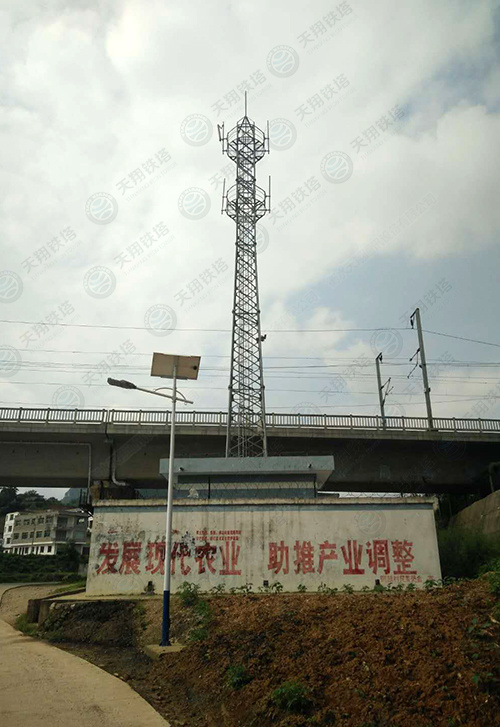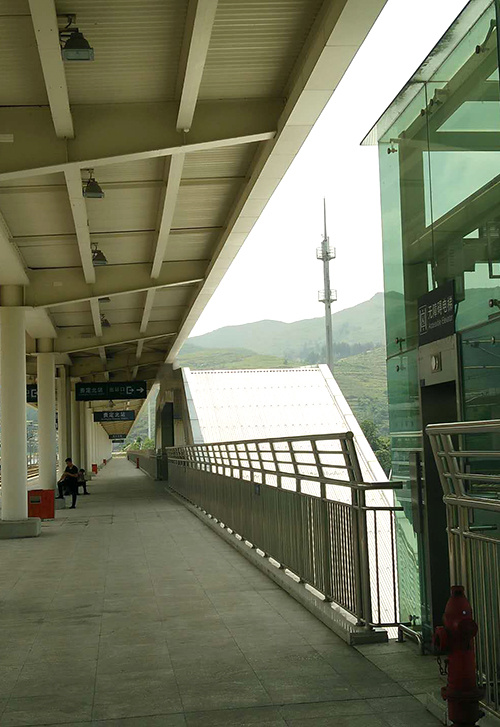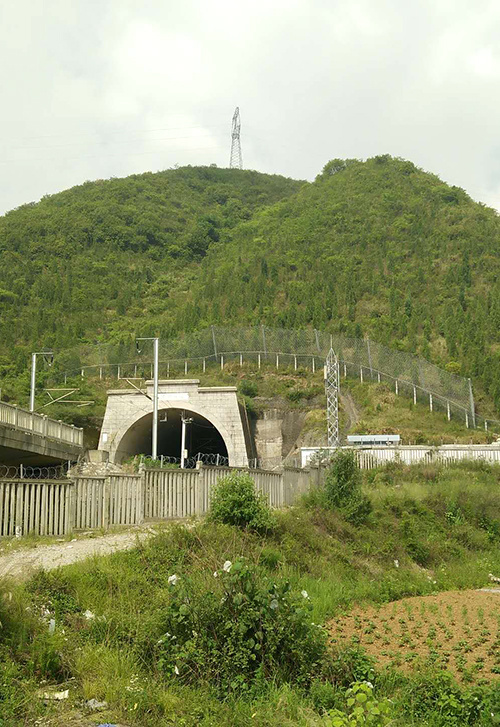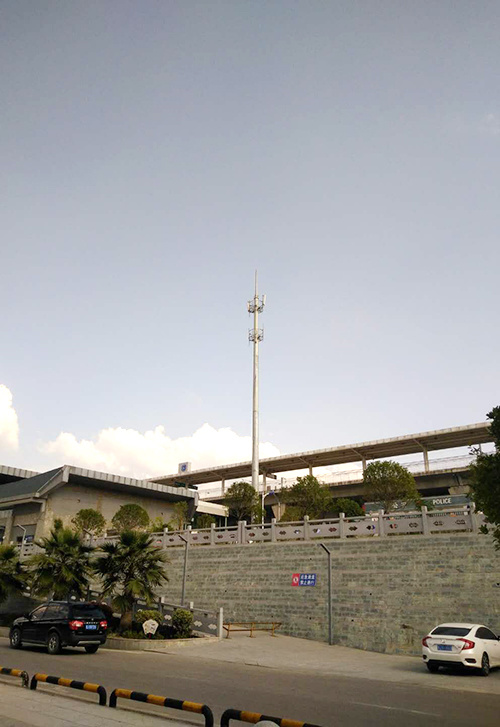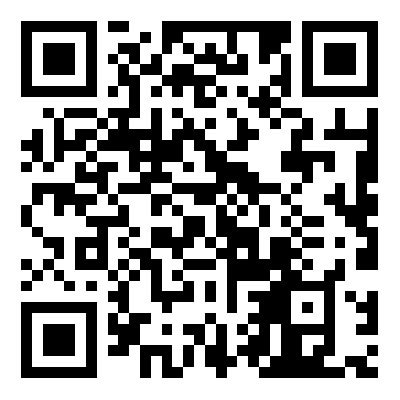Unlocking Connectivity: The Essential Role of Microwave Communication Towers
Introduction to Microwave Communication
Ever wondered how your favorite streaming service gets to you in a blink? Well, step into the fascinating world of microwave communication towers! These towering giants are the unsung heroes of our digital era, ensuring that our communications flow seamlessly and efficiently.
What is a Microwave Communication Tower?
At its core, a microwave communication tower is a structure designed to facilitate the transmission of microwave signals over long distances. It’s like a tall friend who helps you pass notes across the classroom—only this friend can send voice, video, and data signals at lightning speed!
How Do They Work?
So, how do these towers work their magic? Well, they transmit and receive signals using microwave frequencies, typically between 1 GHz and 100 GHz. These signals are sent in straight lines, which means that the placement of the towers is crucial. They’re often perched atop hills or tall buildings to avoid obstacles like trees and other structures. Talk about a bird’s-eye view!
The Benefits of Microwave Communication Towers
Alright, let’s dive into why these towers are so essential:
- Speed: They provide high-speed data transmission, making them perfect for internet services and telecommunications.
- Cost-effective: Compared to fiber optics, microwave communication can be a more economical option, especially in remote areas.
- Quick Deployment: Setting up these towers is often faster than laying down miles of cable, saving time and resources.
Applications in the Industry
From connecting rural communities to supporting emergency services, the applications of microwave communication towers are vast. Here are some notable examples:
- Telecommunications: They bridge the gap between mobile networks, allowing us to chat, text, and stream on the go.
- Broadcasting: TV and radio stations rely on these towers to transmit signals to their audiences.
- Internet Service Providers (ISPs): Many ISPs use microwave technology to deliver internet to areas where cable isn’t feasible.
Challenges and Considerations
It’s not all sunshine and rainbows, though! There are challenges involved in utilizing microwave communication towers. Weather conditions, for instance, can impact signal quality. Rain, fog, and snow can scatter microwaves, causing disruptions. Therefore, careful planning and ongoing maintenance are vital.
The Future of Microwave Communication
Looking ahead, the future of microwave communication towers seems bright. With the rise of 5G technology, these towers will play an increasingly crucial role in delivering faster, more reliable services to users around the globe. Plus, as more businesses seek solutions to connect remote workers, the demand for microwave technology is set to soar!
Final Thoughts
In summary, microwave communication towers are integral to our digital lives. Whether you’re streaming your favorite show or making a video call, these towers are working tirelessly behind the scenes. So the next time you enjoy seamless connectivity, remember to give a little nod to these remarkable structures!
Tag:


